Non-surgical Rehabilitation
After evaluating your condition, your physiotherapist at Eastwood Physiotherapy my initially suggest that you rest your back by limiting your activities. The purpose of this is to help decrease inflammation and calm muscle spasm. You may need to take some time away from your sport, especially if it requires repeated back bending. This gives your back a chance to heal. Most patients who follow these measures get better. Only in severe cases are our patients counseled to completely discontinue participating in their sport.
Once you have rested your back to allow it to heal, we can develop a personalized physiotherapy program to help you fully recover. Although recovery time varies among individuals, as a guideline, you can expect to work with our physiotherapist a few times each week for four to six weeks. In severe cases, patients may need a few additional weeks of physiotherapy.
The first goal of treatment is to control symptoms. Your physiotherapist works with you to find positions and movements that ease pain. Treatments of heat, cold, ultrasound, and electrical stimulation may be used to calm pain and muscle spasm.
We will assign positions and exercises to ease your symptoms. Our physiotherapist will design an exercise program to improve the strength and control of your back and abdominal muscles. By watching you perform your sport activity, our physiotherapist can suggest style, technique, or equipment changes to improve your performance and prevent future problems.
As you recover, you will gradually advance in a series of strengthening exercises for the abdominal and low back muscles. Working these core muscles helps patients begin moving easier and lessens the chances of future pain and problems.
When needed, the physiotherapists at Eastwood Physiotherapy can work closely with a sports coach on strategies for a patient's safe return to his or her sport. The two may provide suggestions on technique, equipment, and training frequency and intensity.
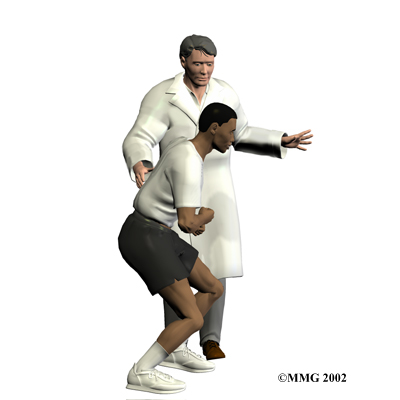
Most adolescents get better after wearing a brace or cast for a few months. Even then, a CT scan sometimes shows an unhealed fracture. In these cases, however, symptoms often go away completely, allowing a safe return to sports. Patients do best when guided in a gradual manner with the supervision of a therapist and sports coach.
If you are a working adult, our physiotherapist may also work with your doctor and employer to help you get back on the job as quickly as reasonably possible. You may be required to do lighter duties at first and progress to normal work activities. Our physiotherapist may also suggest changes that could help the patient work safely, with less chance of re-injuring his or her back.
A primary purpose of physiotherapy is to help patients learn how to take care of their symptoms and prevent future problems. Eastwood Physiotherapy patients are given a home program of exercises to continue to improve flexibility, posture, endurance, and low back and abdominal strength. Our physiotherapist will also describe strategies you can use if your symptoms flare up.
Post-surgical Rehabilitation
Rehabilitation after surgery is more complex. Some patients leave the hospital shortly after surgery. However, some surgeries require patients to stay in the hospital for a few days. Although recovery time varies, patients who've had lumbar fusion surgery normally need to wait at least six weeks before beginning a rehabilitation program. This delay gives the fusion a chance to start healing. As a guideline, patients typically need to attend physiotherapy sessions for six to eight weeks and should expect full recovery to take up to six months.
At Eastwood Physiotherapy, our goal is to help speed your recovery so that you can more quickly return to your everyday activities. When your recovery is well under way, regular visits to our office will end. We will continue to be a resource, but you will be in charge of doing your exercises as part of an ongoing home program.
Eastwood Physiotherapy provides services for physiotherapy in Edmonton.
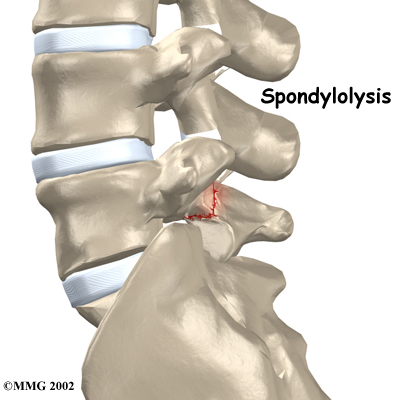


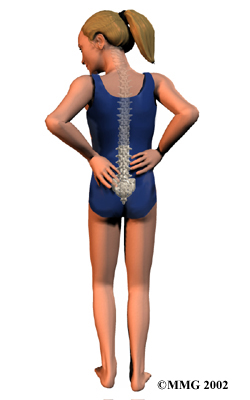
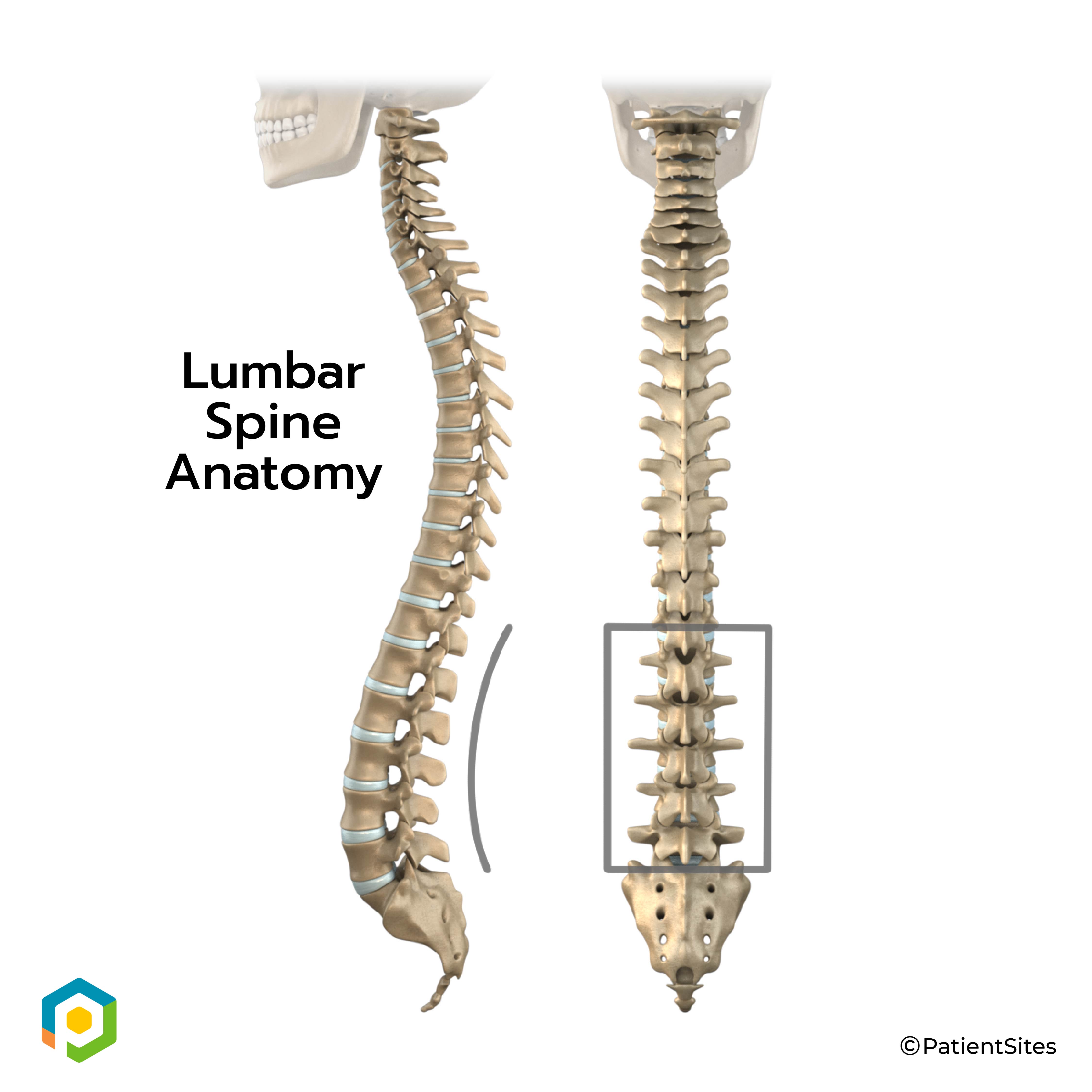
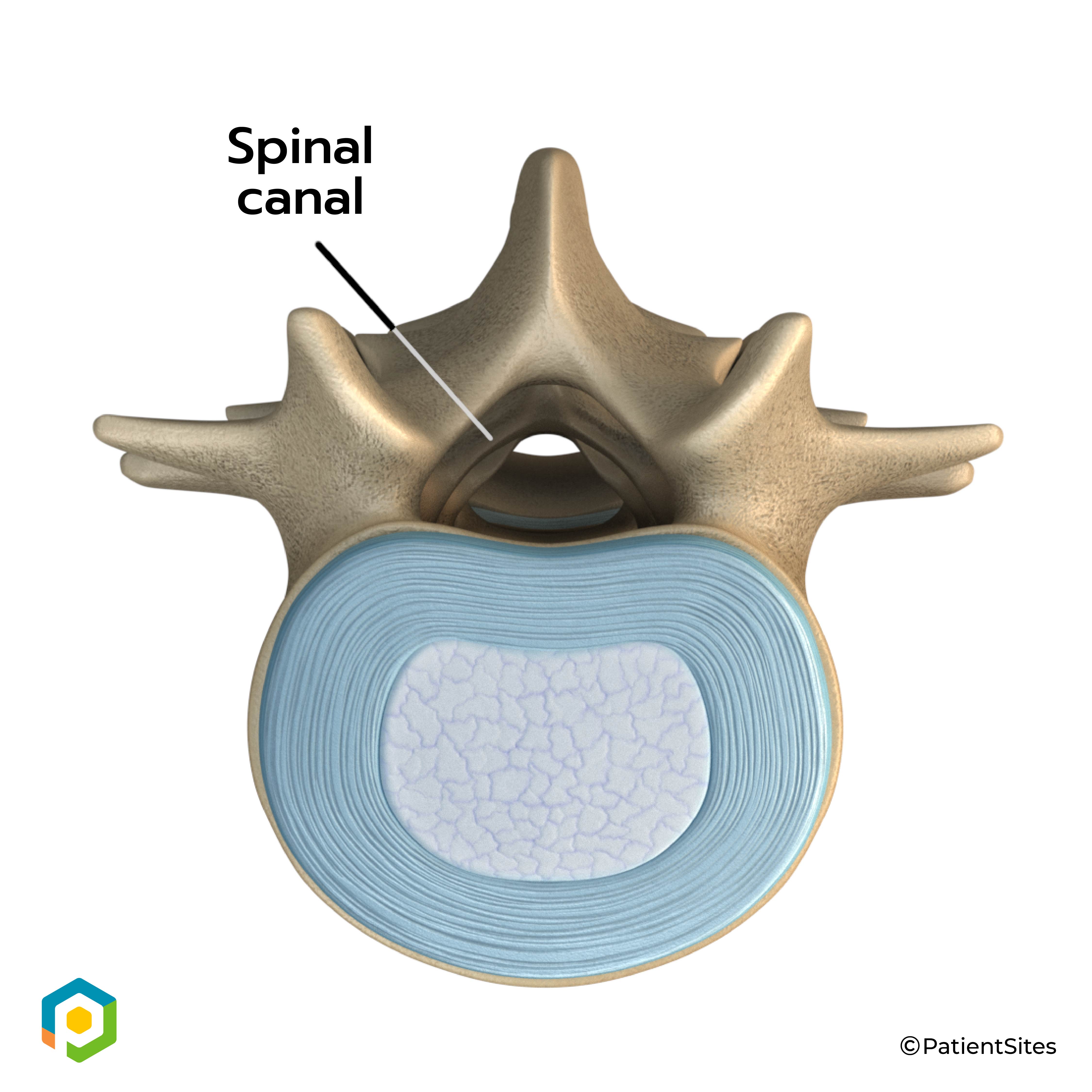
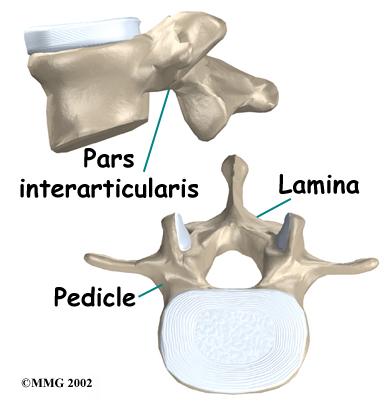
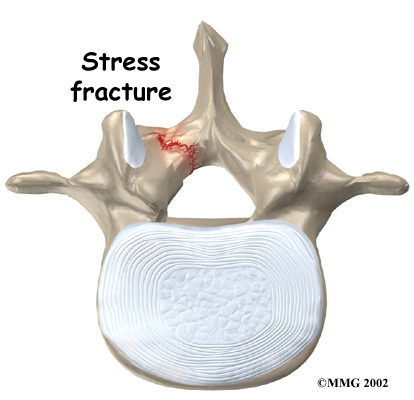 Spondylolysis is thought to be caused by repeated strains that damage the lower spine over time. The repeated strains can eventually lead to an overuse injury in the pars interarticularis. The most common location for this to occur is in the lowest vertebra of the spine, which doctors call L5. This vertebra connects the spine to the pelvis. However, a problem with the pars can occur in any lumbar vertebra. It rarely happens in more than one vertebra at a time.
Spondylolysis is thought to be caused by repeated strains that damage the lower spine over time. The repeated strains can eventually lead to an overuse injury in the pars interarticularis. The most common location for this to occur is in the lowest vertebra of the spine, which doctors call L5. This vertebra connects the spine to the pelvis. However, a problem with the pars can occur in any lumbar vertebra. It rarely happens in more than one vertebra at a time.
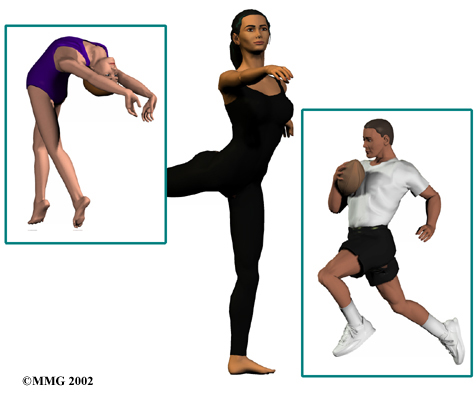
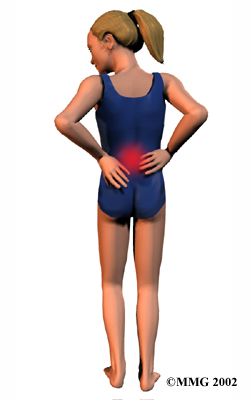
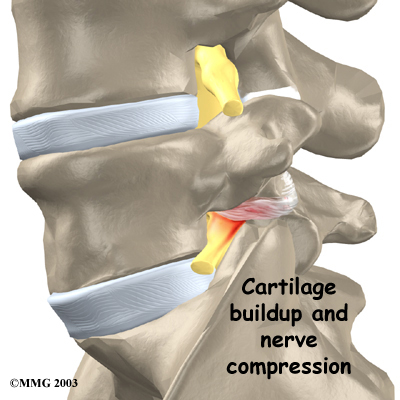 Individuals may eventually experience pain that radiates down one or both legs. This pain may come from pressure and irritation on the nerves that exit the spinal canal near the fracture. When nerve pressure in the low back causes leg pain, doctors refer it as neurogenic pain.
Individuals may eventually experience pain that radiates down one or both legs. This pain may come from pressure and irritation on the nerves that exit the spinal canal near the fracture. When nerve pressure in the low back causes leg pain, doctors refer it as neurogenic pain.